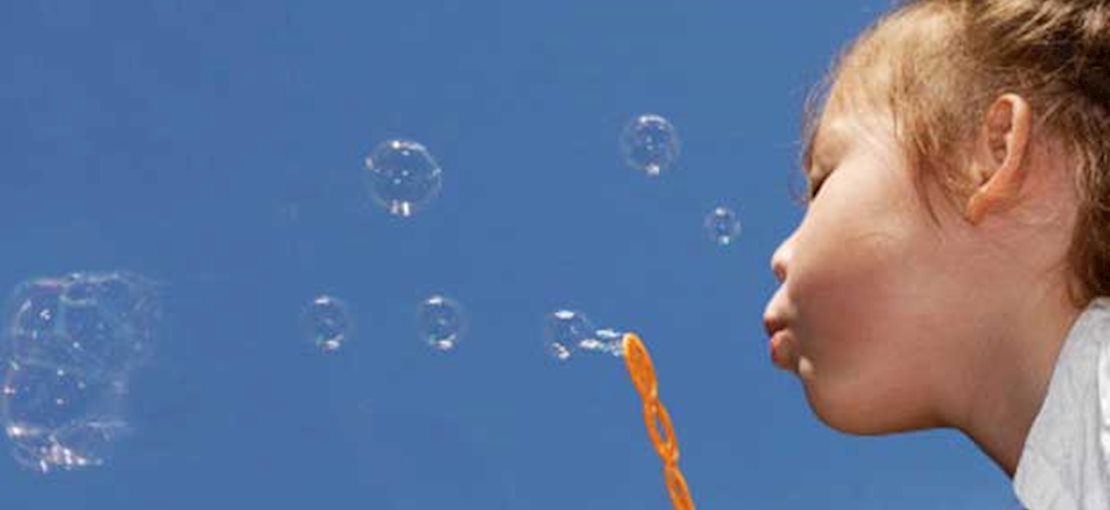Written by: School Based Therapy Services/Center for Children’s Therapy
Sensory Integration, sensory dysfunction, sensory “issues”, sensory processing disorder. We frequently hear these words, but do we know what they actually mean? What does a child (or adult) with sensory integrative dysfunction or sensory processing disorder look like?
By definition sensory integration is the process of organizing sensory information in the brain to make an adaptive response (Ayres, 1972). Let’s break down this definition. Everybody knows the five main senses: vision, hearing, taste, touch and smell. We also have some lesser-known senses that have an even bigger impact, called the vestibular, proprioceptive, and tactile. The vestibular system is housed in the tiniest bones of our bodies located in the inner ear. This system gives our body information regarding movement and direction of movement, required to maintain our balance and equilibrium. Have you ever experienced motion sickness after being on a boat or a roller coaster? The vestibular system is hard at work during these activities. Many common aliments, like fluid in our ear, ear infections, impact our vestibular systems. More on this later.
The proprioceptive system, or prop system, allows the body to communicate with the brain about where the muscles and joints are in space. Our balance, equilibrium, and muscle tone will be impacted by our prop sense. Our body awareness comes from a well-developed prop sense. Have you hear the term a “bull in a china shop?” Some children (and adults) frequently bump into any and all objects because of an immaturely developed prop sense.
Finally, the tactile sense gives our body and brain information regarding sensations such as touch, pain, and temperature. Problems in this sense arise when this system is too sensitive or not sensitive enough. Did you ever have a tag on the inside of your shirt that was so itchy you had to cut the tag off? This is an example of a hyper sensitive tactile system.
Now back to the definition of SI. Our bodies are bombarded with sensory information from our 8 senses. The senses receive this information, communicate the information to the brain, the brain process the sensory input and then makes a response. Anywhere in the loop an error can occur and we see a sensory “issue.”
Furthermore, our senses need to work together to help our bodies make correct responses. This is the process of sensory modulation. The brain literally serves as a sieve for sensory information. Relevant sensory input is allowed to pass through, while irrelevant input is ignored by the brain. A breakdown can occur at this juncture and a sensory modulation disorder arises. In effect, children can’t self-regulate themselves and display a maladaptive response to sensory input.
Children will present as either under-aroused, over-aroused, and sensory seeking.
Over-aroused child will respond quickly and in a negative manner
- Overact to light touch, dislike being messy when eating or playing
- Resist bath, hair brushing, clipping nails
- Avoid playground activities on swings or slids
- Negative reactions to noises like vacuums, flushing toilets, bells, whistles
Under-aroused child can’t register sensory input as easily so they seek excessive amounts of sensation
- Frequently crash or bump into objects or people
- These kids are on the move and have little safety awareness
- Described as daredevils
- Accident prone children, frequent falls and frequent trips to the emergency room
- The paradox is these kids may be described by teachers or parents as uninterested, difficult to engage, or sluggish. Of course this isn’t true, they simply require more sensory input for their brain to register
So what can Occupational, Physical, and Speech Therapy do to treat sensory processing disorder? So much! Please visit childrens-therapy.com to learn about sensory evaluations, treatments and tips for home and school.
Written by: School Based Therapy Services/Center for Children’s Therapy
Providing Occupational, Physical, Speech, and Behavioral Therapies
1425 Pompton Ave, Suite 1-3
Cedar Grove, NJ 07009
Tel: 973.785.9300
childrens-therapy.com






Add A Comment
Thank you for your comment.
Sorry! There was a problem with your comment submission. Please try again.
Comment
Allowed HTML: <b>, <i>, <u>, <a>
Comments
Thank you for your comment.
Sorry! There was a problem with your comment submission. Please try again.
Thank you for your comment.
Sorry! There was a problem with your comment submission. Please try again.